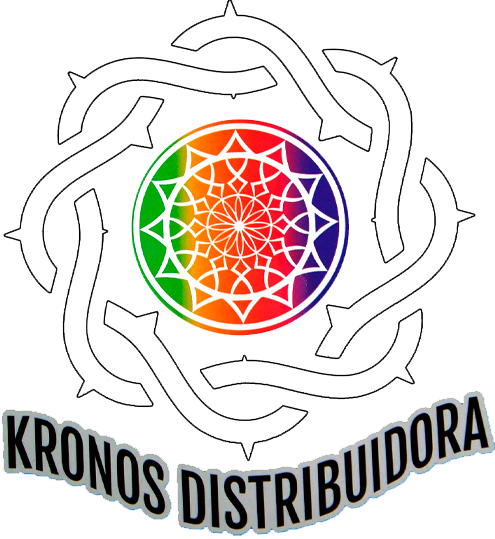Content
For example, manufacturing may require three workers, which means 240 hours per week. If your prices are too low, your business won’t maximize its profit margins. There is always the potential for human error when manually assigning costs to activities, which can lead to inaccurate results. This might seem a slight difference at first glance—but it’s a huge one! ABC helps businesses make the key advantage of activity based costing is better decisions about allocating resources because it allows them to see how much each activity contributes to producing a result. Once organizations know where their costs are coming from, they can identify areas where costs can be reduced. For example, if an organization finds that a particular activity costs more than it should, it can look for ways to streamline or eliminate it.
- This can help business leaders determine if existing relationships are worth expanding or reducing.
- The differences are in the accuracy and complexity of the two methods.
- Activity-based costing may also generate value in areas that are not immediately apparent.
- What are three advantages of activity-based costing over traditional volume-based allocation methods?
- ABC identifies the real nature of cost behaviour and helps in reducing costs and identifying activities which do not add value to the product.
Even though, advertisement is a non-manufacturing cost which constitutes a major portion of the total cost of any product. These non-manufacturing costs can be easily allocated since the relationship between costs and its causes can be properly understood by using Activity Based Costing. When activity levels are more or less than anticipated, then ABC requires a direct activity cost comparison to determine what the variance will be. This may then create a chain reaction where efficiencies are also affected. Robert Kaplan is regarded as the founder of the theoretical principles of activity based costing within the cost management knowledge area. In order to determine which overheads are linked to which cost pool, you can either make an estimate or interview your employees for more “boots on the ground” style information. For example, for the purchase of materials, the total purchase overhead would be IDR180 million for a purchase request of 90,000.
The Disadvantages & Advantages of Activity-Based Costing
Activity-based costing is an accounting method that one can apply to several aspects of a business. Though it focuses on the accounting side, it also impacts financing and identifying inefficient processes for a company. Prior to the ABC introduction in 2001, Xu Ji operated a traditional Chinese state-enterprise accounting system. Accounting was driven predominantly by external financial reporting purposes, and inaccuracy of product costs became inevitable. At this time, Xu Ji underwent a series of flotations following China’s introduction of free market competition.
What is meant by activity-based costing?
Activity-based costing (ABC) is a costing method that identifies activities in an organization and assigns the cost of each activity to all products and services according to the actual consumption by each. Therefore, this model assigns more indirect costs (overhead) into direct costs compared to conventional costing.
It can be a complicated and detailed task, as every business activity must be broken down into its essential components. ABC systems are notoriously difficult to install, with multi-year installations being the norm when a company attempts https://accounting-services.net/ to install it across all product lines and facilities. For such comprehensive installations, it is difficult to maintain a high level of management and budgetary support as the months roll by without installation being completed.
Traditional Costing Method
Activity-based costing then assigns those costs back to the product or service so that companies know how much they spend on each specific activity and can make better decisions about reducing those costs. This information can be used to make decisions about where to cut costs and how to improve efficiency. An overhead rate is a cost allocated to the production of a product or service. Overhead costs are expenses that are not directly tied to production such as the cost of the corporate office. Under the ABC system, an activity can also be considered as any transaction or event that is a cost driver. A cost driver, also known as an activity driver, is used to refer to an allocation base. Examples of cost drivers include machine setups, maintenance requests, consumed power, purchase orders, quality inspections, or production orders.
This can give businesses valuable insights into where their resources are being allocated and how they can improve their efficiency and profitability. ABC enhances resource allocation decisions by separating fixed costs from variable costs. Fixed costs do not change based on production levels, while variable costs change based on production levels. Finally, ABC alters the nature of several indirect costs, making costs previously considered indirect—such as depreciation, utilities, or salaries—traceable to certain activities. Alternatively, ABC transfers overhead costs from high-volume products to low-volume products, raising the unit cost of low-volume products.

